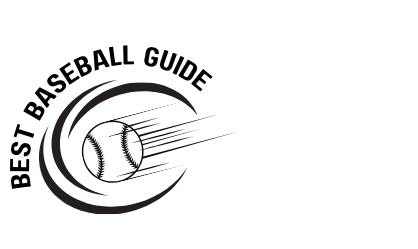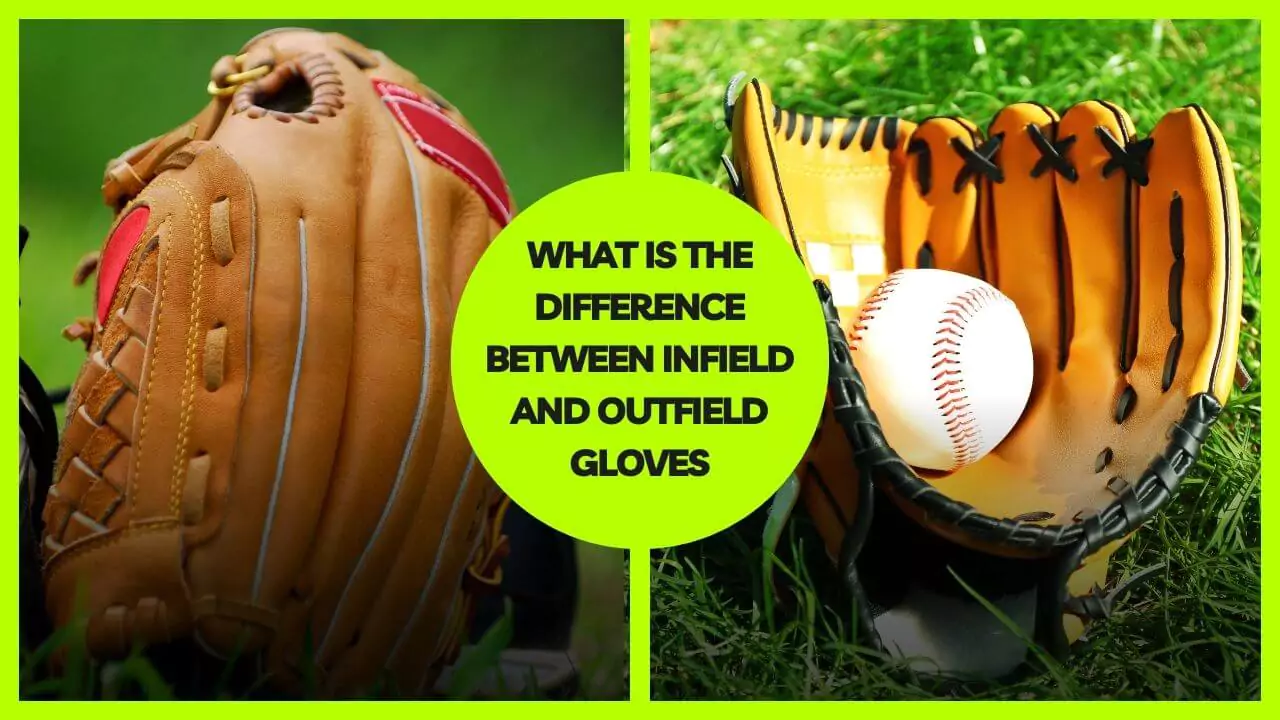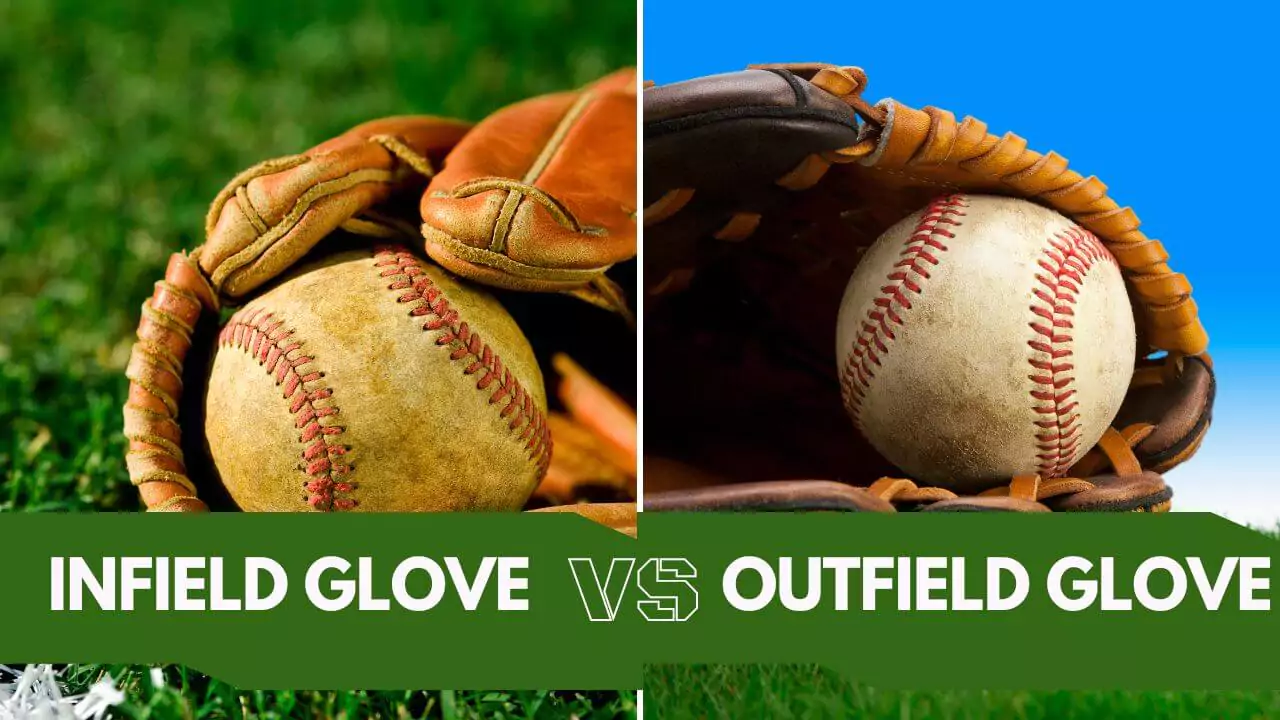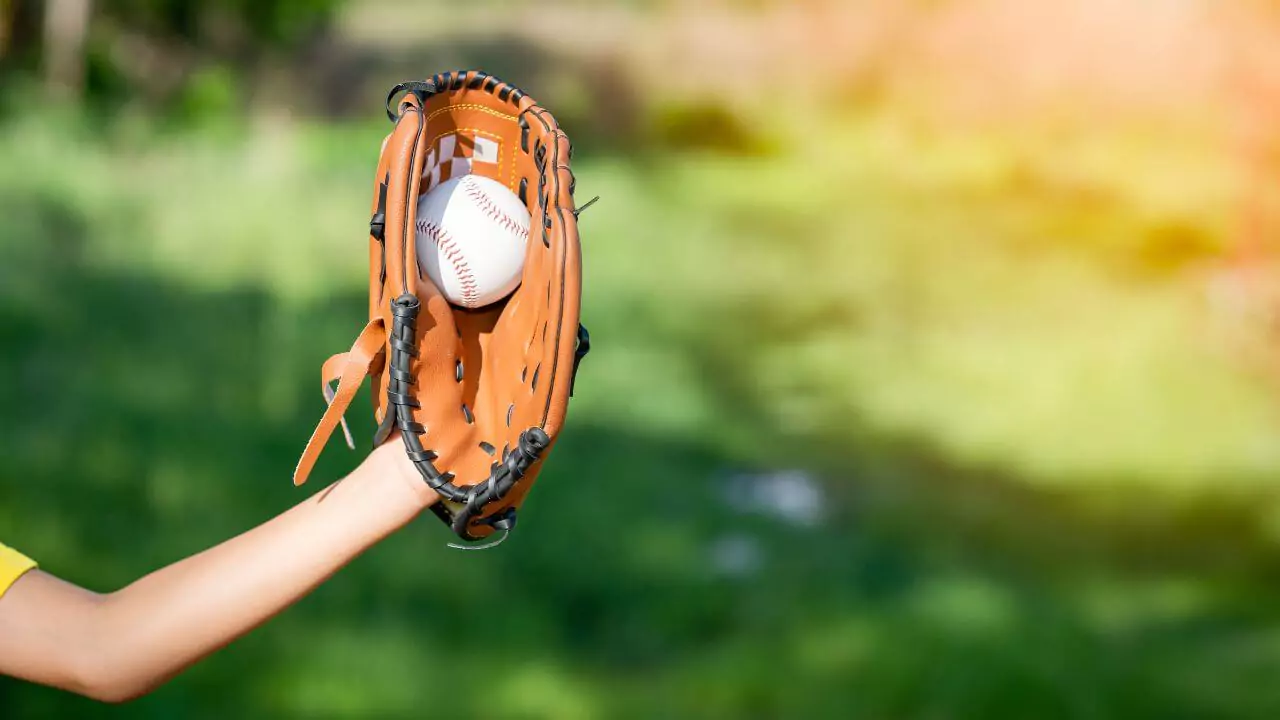What is the difference between infield and outfield gloves
Success in the worlds of baseball and softball can depend on the slightest of things. In the overall context of the game, choosing a glove might seem like a trivial choice, but for players in the infield and outfield, it can make a significant impact. Gloves that fit precisely to each position’s requirements are necessary for infielders and outfielders to excel in their respective roles. Here we will explore the key variations between infield and outfield gloves, highlighting how even ostensibly little adjustments can have a big effect on a player’s efficiency on the field.
Infield Glove vs Outfield Glove:
Not all gloves are made similarly in the sports of baseball and softball. The specific roles of infielders and outfielders on the field required the use of gloves suited for those positions. The following are the main variations between infield and outfielder gloves:
Infield Gloves:
In comparison to gloves used in the outfield, infield gloves are typically smaller and feature a shallower pocket. Infielders who must field ground balls and throw lightning-fast to put runners out need gloves that allow for quick transfers and precise ball control. Infielders can throw the ball to first base safely and swiftly because of the lower size of infield gloves. Also, the shallower pocket makes it easy to catch grounders and throw with accuracy.
Outfield Gloves:
However, the outfielder’s glove is bigger and has a deeper pocket. Outfielders can cover larger areas and grab more fly balls with the aid of these gloves. The ability to track the ball in the air and make catches from a number of angles and heights is a must for outfielders. Outfielders can make those vital catches with less effort because of the larger size and deeper pocket of the outfield glove. The glove’s extended length enables outfielders to grab balls that are farther away, and its deeper pocket benefits in keeping the ball in place during a catch.
Key Differences to Keep in Mind:
Size: Infield gloves are smaller, while outfield gloves are larger.
Pocket Depth: Infield gloves have a shallower pocket, and outfield gloves have a deeper pocket.
Webbing: Infield gloves often have open web designs, whereas outfield gloves may have closed or modified closed web designs.
Material: Outfielder’s glove may be slightly more padded to cushion against hard-hit fly balls.
Sizes of Infield and outfielder glove:
Here are some typical examples of outfield and infield glove sizes:
Outfield Glove Sizes:
12.5 to 13 inches: Outfielders often use gloves within this size range. These gloves have a larger pocket and a longer length, making it easier to catch fly balls and cover more ground in the outfield. For instance, a 12.75-inch glove provides extra reach for those high-flying catches.
13.5 inches and above: Some outfielders, particularly those in the professional leagues, may opt for even larger gloves, such as a 13.5-inch or 14-inch model. These extra-large gloves offer an extended reach, which is beneficial when trying to track down deep fly balls.
Infield Glove Sizes:
11 to 11.75 inches: Infielders typically use smaller gloves to enable quick transfers and precise ball control. An example would be an 11.25-inch glove, which provides the agility needed for quick plays in the infield.
11.5 to 12 inches: This range is often preferred by middle infielders, such as second basemen and shortstops, who need a balance between a small glove for control and a slightly longer glove for added reach when turning double plays.
11.75 to 12.25 inches: Corner infielders, like third basemen and first basemen, may use gloves on the larger end of the infield glove size spectrum. These gloves offer a bit more length and pocket depth to handle hard-hit grounders and throw across the diamond. For instance, a 12-inch glove is a popular choice among third basemen.
Choosing the Right Glove for Your Position:
Buying a suitable glove for your position can be crucial for achieving your best on-field results. Further, it’s necessary to take into consideration your own personal preferences. A glove that is a tiny bit bigger or smaller than the standard sizes for their position may be preferred by some players. The ideal glove should ultimately make you feel confident, improve your performance on the field, and feel comfortable.
Conclusion:
In summary, Selecting the right glove for your position is akin to choosing the right brush for an artist – it’s an extension of your skill and an essential component of your success in the game. So, whether you’re guarding the base-paths or patrolling the outfield grass, understanding the nuances of infield and outfield gloves ensures you’re always armed with the right tool for the job, helping you perform at your best on the diamond.



